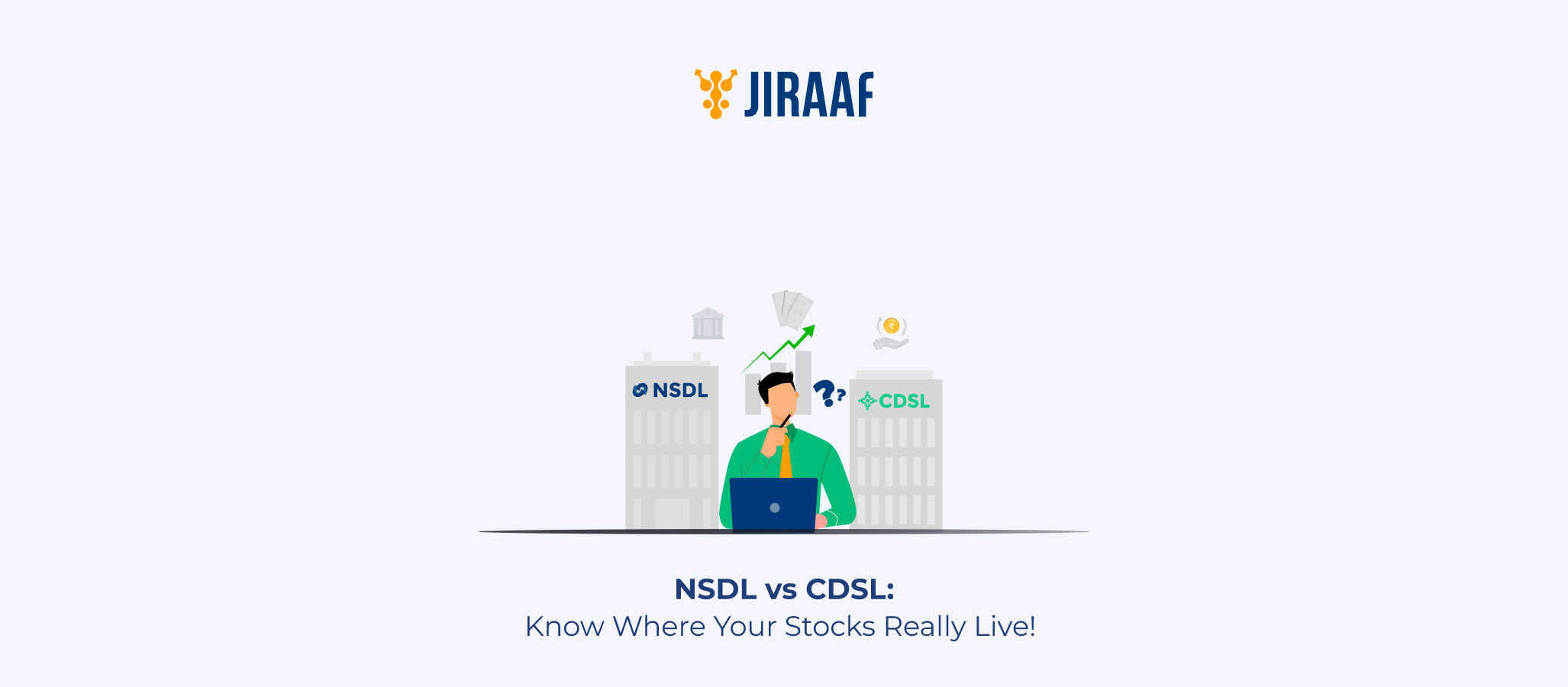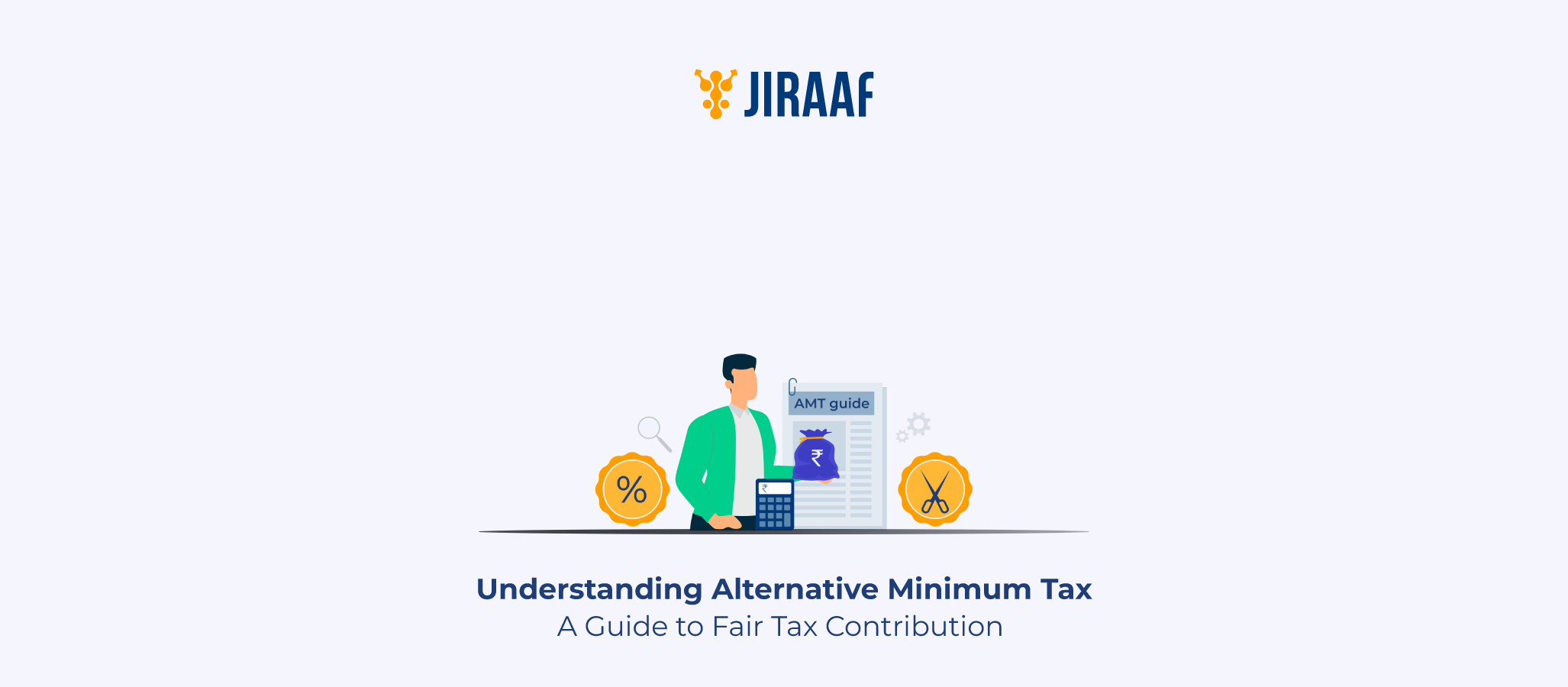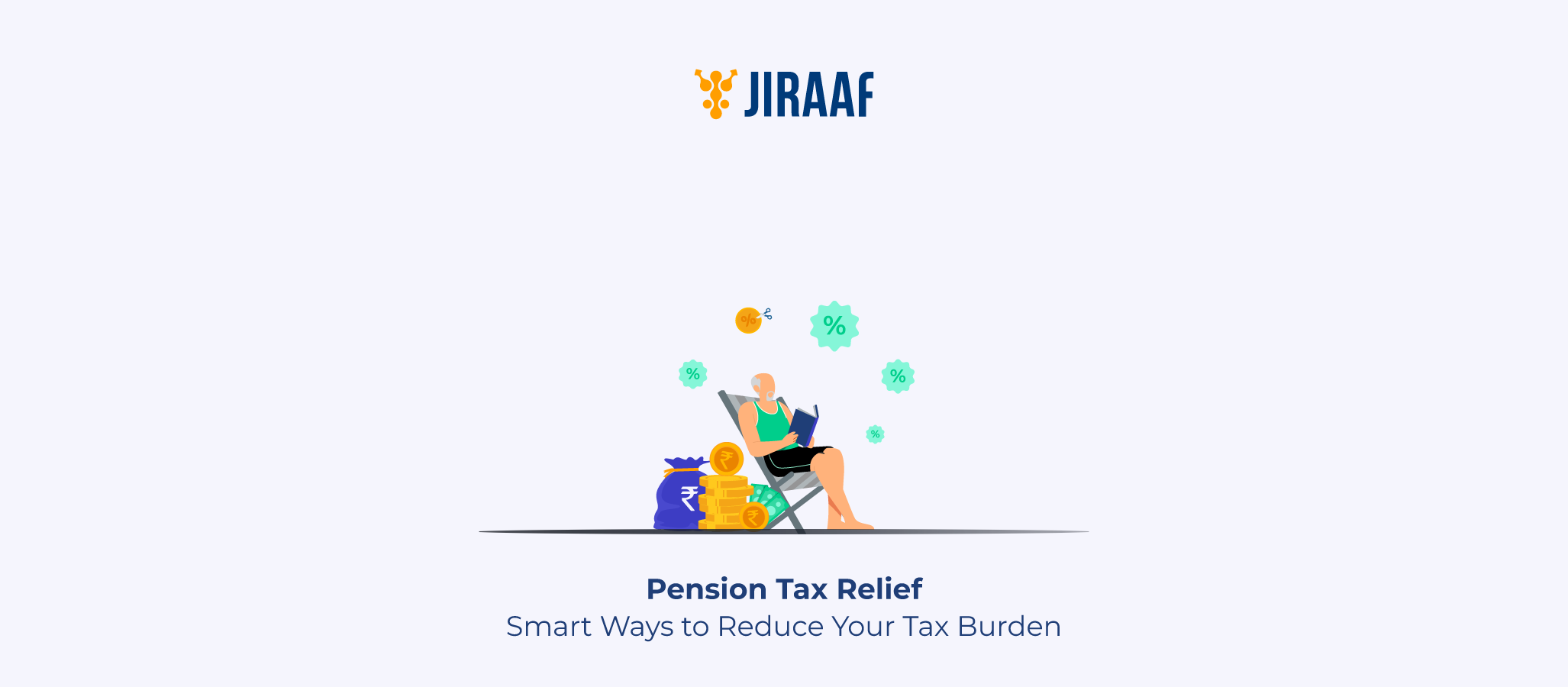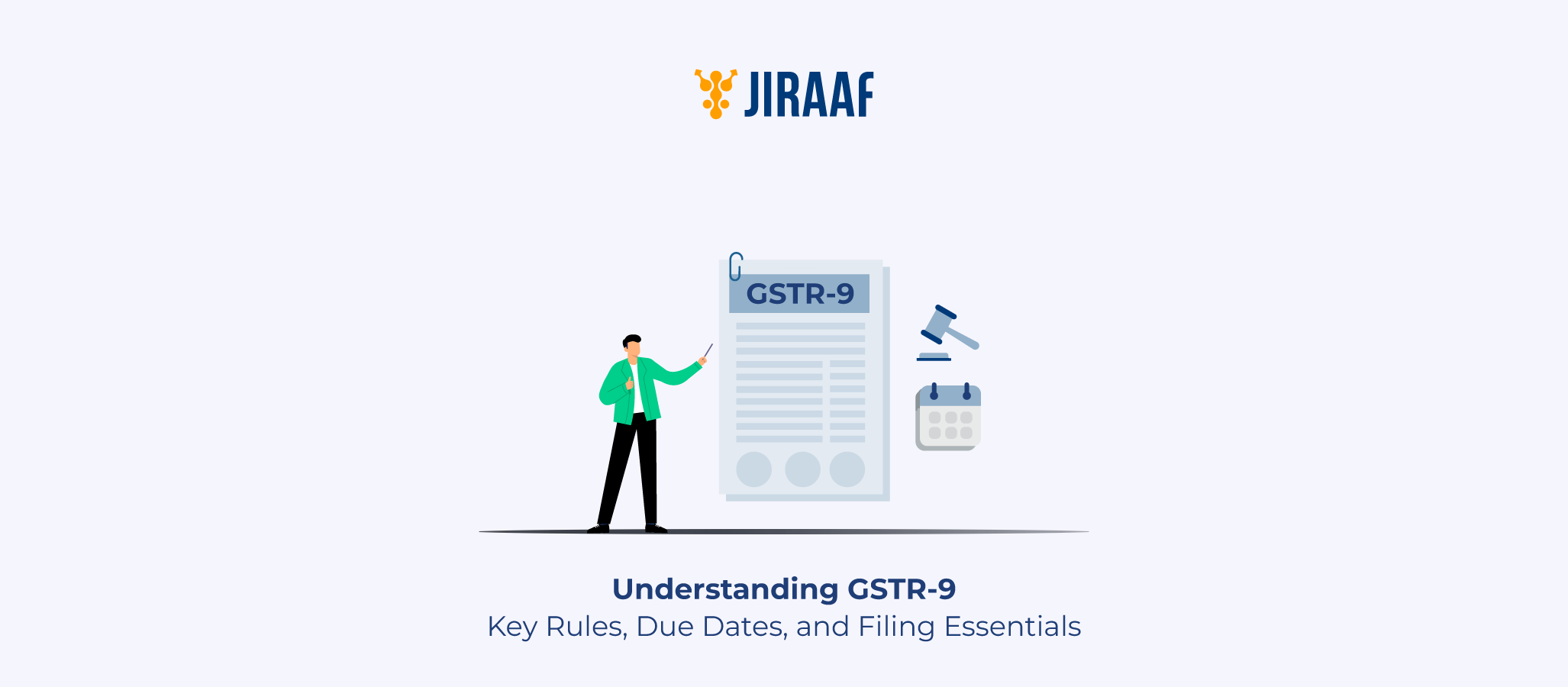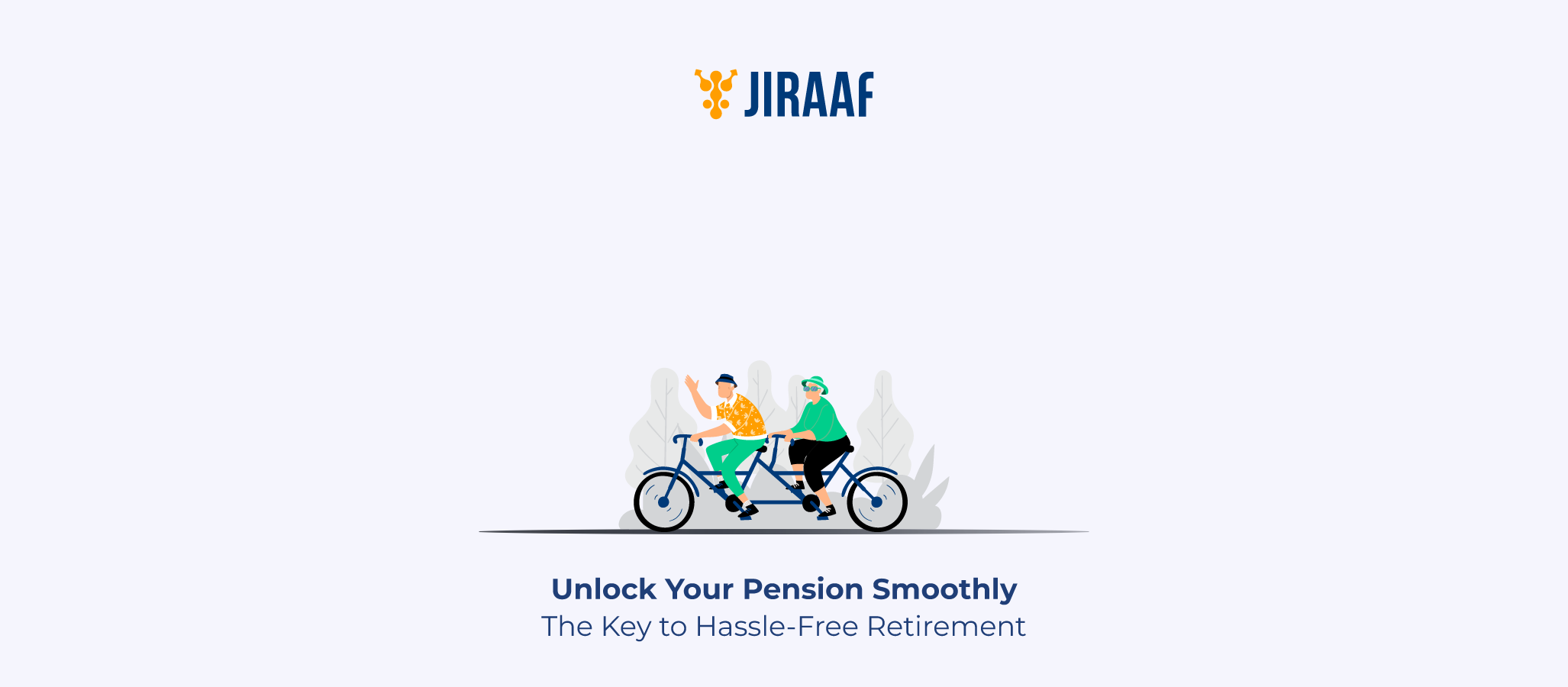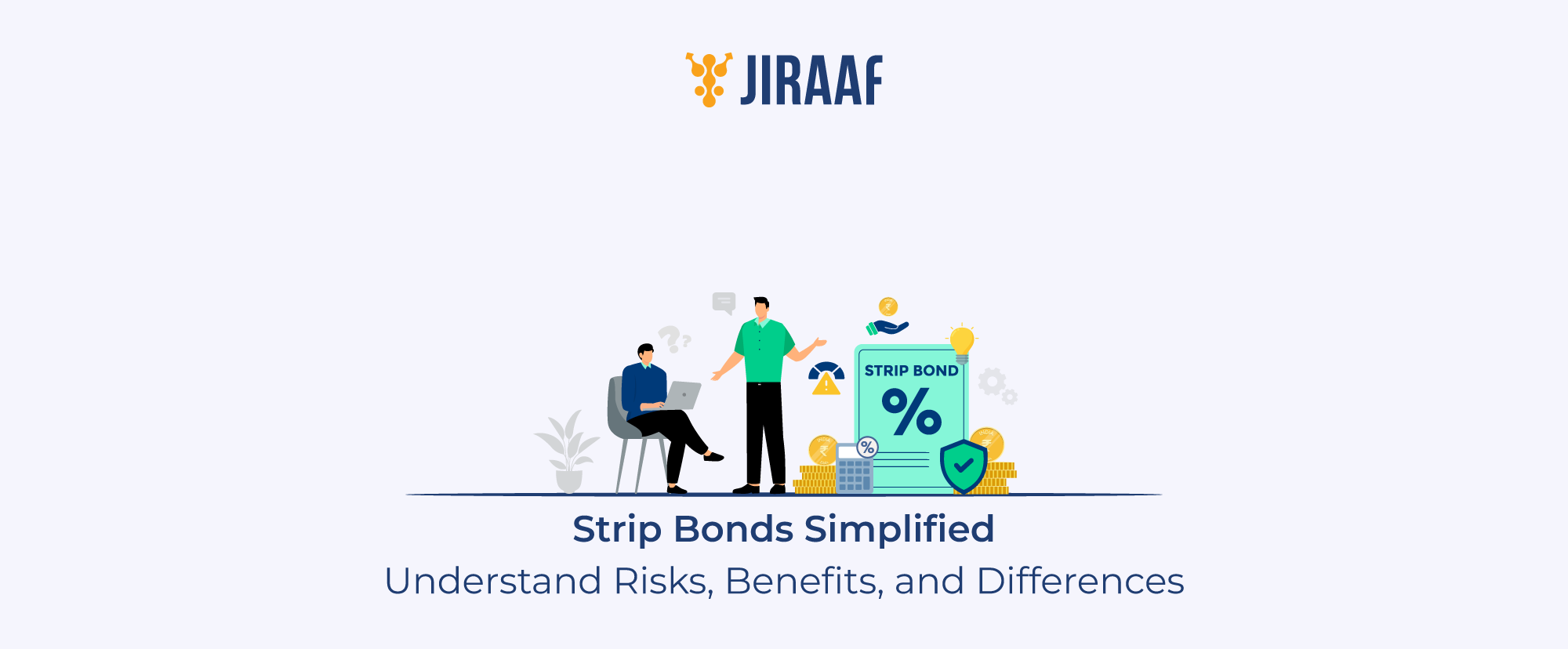If you’ve ever bought shares or mutual funds in India, chances are your investments are stored with either NSDL or CDSL. But what exactly are these entities? Are they just storage houses for your securities, or do they play a bigger role?
In the world of dematerialized (demat) trading, National Securities Depository Limited (NSDL) and Central Depository Services Limited (CDSL) act as digital vaults. Every time you buy shares, those shares are held by one of these depositories in electronic form.
But while both serve the same fundamental purpose, they are different in important ways—ownership, operations, market share, and how they interact with your broker and bank. This blog will help you understand those differences clearly.
What Are NSDL and CDSL?
Let’s start with the basics.
National Securities Depository Limited (NSDL)
- Established: 1996
- Promoted by: National Stock Exchange (NSE), Industrial Development Bank of India (IDBI), Unit Trust of India (UTI), and a few other financial institutions
- Headquarters: Mumbai
- Market Focus: Primarily supports NSE-based brokers
- Key Objective: Facilitate electronic holding and transfer of securities
NSDL was the first depository in India. It introduced the concept of dematerialized shares to Indian markets—reducing the risk of loss, forgery, and delays in share transfers.
Central Depository Services Limited (CDSL)
- Established: 1999
- Promoted by: Bombay Stock Exchange (BSE) and leading financial institutions
- Headquarters: Mumbai
- Market Focus: Serves BSE-affiliated brokers more prominently
- Key Objective: Provide safe, convenient, and reliable digital depository services
CDSL entered the market a little later but has grown rapidly—largely due to its more tech-friendly interface and wider reach in Tier-II and Tier-III cities.
Why Do NSDL and CDSL Exist?
You can think of them as digital banks for your securities. Just like a bank keeps your money safe, a depository keeps your stocks, bonds, mutual funds, and ETFs secure in electronic format.
When you invest through a broker (like Zerodha, Groww, or HDFC Securities), your shares are stored in a demat account—backed by either NSDL or CDSL.
They also
- Record ownership of securities
- Facilitate settlement of trades
- Handle corporate actions like dividends and bonuses
- Allow pledging and unpledging of securities
- Enable the transfer of shares seamlessly
Key Differences Between NSDL and CDSL
Here’s a breakdown of how the two depositories compare:
| Feature | NSDL | CDSL |
| Full Form | National Securities Depository Limited | Central Depository Services Limited |
| Year of Establishment | 1996 | 1999 |
| Promoted By | NSE, IDBI, UTI, and other financial institutions | BSE and other leading institutions |
| Depository Participants (DPs) | Around 275 DPs (as of 2024) mostly high-volume brokers | Over 580 DPs (as of 2024) widely distributed including retail brokers |
| Market Share (as of FY 2023-24) | Approximately 45% | Approximately 55% |
| DP ID Format | Begins with ‘IN’ (e.g., IN300394) | Purely numeric (e.g., 12058700) |
| Popular Brokers Using It | ICICI Direct, HDFC Securities, Kotak | Zerodha, Groww, Upstox, Angel One |
| Tech Infrastructure | Slightly more robust for institutions | More user-friendly for retail investors |
| Investor Services | Good, but more institutional | Faster adoption of retail-focused features |
| Official Website | www.nsdl.co.in | www.cdslindia.com |
Demat Account Structure: NSDL vs. CDSL
When you open a demat account, your broker assigns you a 16-digit Demat ID. Here’s how it differs:
- NSDL: Uses alphanumeric IDs, starting with “IN”.
- Example: IN30290212345678
- CDSL: Uses numeric-only IDs starting usually with “120”.
- Example: 1203450012345678
Knowing which format you have can help you quickly identify whether your demat account is held with NSDL or CDSL.
How NSDL and CDSL Work with Brokers and DPs
Depository Participants (DPs) act as agents or intermediaries between you and the depositories. Most stockbrokers are DPs of either NSDL or CDSL, sometimes both.
When you place an order to buy or sell, the DP facilitates:
- Crediting of securities to your demat account when you buy.
- Debiting of securities when you sell.
- Record-keeping for transactions, corporate actions, and nominee details.
For Example
- If you open a demat account with Zerodha, your account is likely held with CDSL.
- If you open an account with ICICI Direct, it’ll be backed by NSDL.
Which One Is Better—NSDL or CDSL?
There’s no clear winner. Both are regulated by the Securities and Exchange Board of India (SEBI) and follow stringent safety protocols.
However, here’s how they might stack up based on investor profile:
| Investor Type | Suggested Depository | Why |
| Retail Investor | CDSL | More brokers, easier access, better UI through brokers |
| Institutional Investor | NSDL | Slightly more robust infrastructure, better suited for high volumes |
| Passive Investor | Either | Minimal difference in actual operation |
| DIY Traders | CDSL | Supported by Zerodha, Groww, Angel One, etc. |
Safety & Regulation of NSDL and CDSL
Worried about losing your investment? You shouldn’t be.
- Both NSDL and CDSL are SEBI-registered and governed under the Depositories Act, 1996.
- Regular audits, compliance checks, and backups ensure high security.
- Investors are protected under the Investor Protection Fund (IPF).
In the unlikely event of fraud by your broker, your securities held in NSDL/CDSL remain untouched.
How to Find Out If You Have an NSDL or CDSL Account
Here’s how:
- Check your Demat Account Number
- Starts with IN → NSDL
- Starts with 120 → CDSL
- Log in to your broker’s dashboard
- Most brokers display whether your account is held with NSDL or CDSL.
- Look at the CAS (Consolidated Account Statement)
- NSDL and CDSL both issue CASs. It will carry the logo of your depository.
How to View Your Holdings with NSDL and CDSL
NSDL Users
- Register for NSDL CAS at nsdlcas.nsdl.com
- Track mutual funds and shares from one dashboard
CDSL Users
- Register for CDSL Easi or Easiest
- Visit cdslindia.com → Login → View holdings and transactions
Real-Life Scenario: Choosing Between NSDL and CDSL
Let’s say, Neha is a working professional who wants to invest ₹2 lakh per year in mutual funds and stocks.
- She chooses Groww, a platform backed by CDSL.
- Her account number starts with 12045678…
- She easily tracks her portfolio using CDSL Easi and gets updates on dividend credits.
Her friend Rohit uses HDFC Securities, backed by NSDL.
- His demat ID starts with IN300394…
- He prefers the security and relationship benefits of being with a full-service broker.
Common Mistakes to Avoid
| Mistake | Why It’s a Problem | Tip to Avoid |
| Confusing DP with depository | DP is your broker; NSDL/CDSL is the vault | Always check your broker’s DP details |
| Ignoring demat ID format | Leads to wrong linking in ITR or CAS | Use correct ID when filing taxes |
| Not updating nominee or KYC | Delays in claim or transaction approvals | Regularly update your KYC and nominee details |
| Using wrong platform for checking holdings | Wastes time, causes confusion | Know whether your account is with NSDL or CDSL |
| Assuming one is safer than the other | Both are equally secure and SEBI-regulated | Focus on broker services, not depository |
Final Thoughts: NSDL vs. CDSL—Does It Really Matter?
Here’s the truth: Whether your demat account is held with NSDL or CDSL, your investments are 100% safe and regulated. The key difference lies in user experience, broker preference, and reporting formats.
As an investor, you should focus more on
- Picking the right broker
- Understanding your rights as a demat account holder
- Reviewing your statements regularly
- Staying compliant with tax rules
At the end of the day, both NSDL and CDSL play a silent but crucial role in safeguarding your financial future.
Discover fixed income investments with Jiraaf, a SEBI registered online bonds platform that educates and brings access to a wide array of bonds. Sign up today to explore diversified fixed income investment opportunities to support your goal-based wealth creation journey. Start investing!
